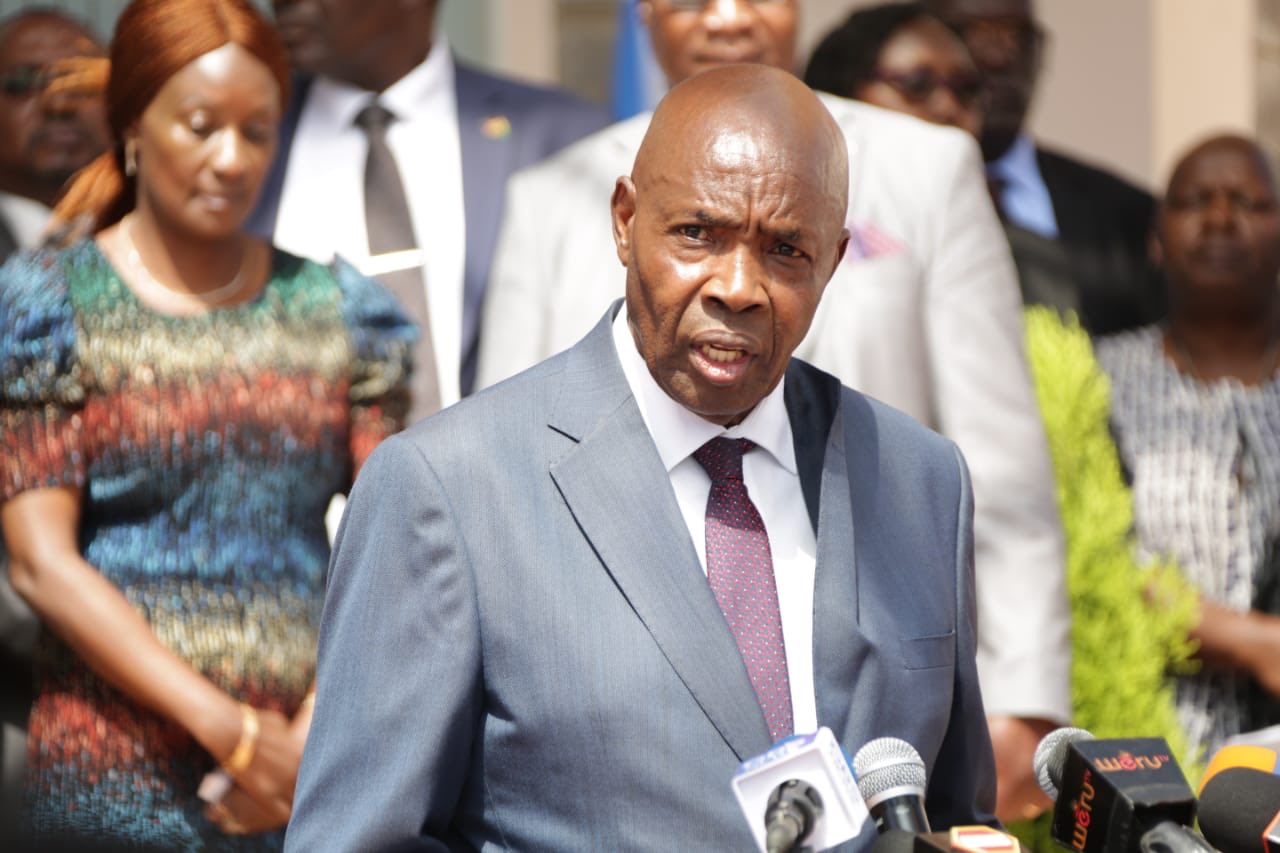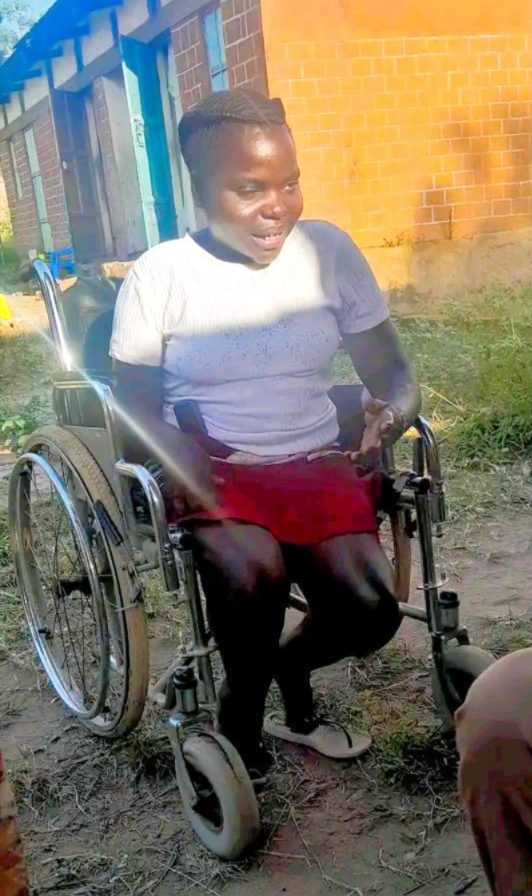By Roy Hezron
A number of Grade 7 learners will be transferred to other schools if their current centres do not have the required facilities and other requirements.
According to the Ministry of Education (MoE) registration guidelines checklist for public and private JSS 2023 as seen by Education News, the government is planning to come up with JSS Feeder Schools (JSS-FS) which will accommodate this category of learners.
“These will be primary schools that lack the enrolment and/or infrastructural capacity to domicile a JSS. In such cases, the MoE will transfer the learners to a neighbouring JSS or implement appropriate affirmative action to ensure 100 per cent transition,” reads the guideline in part.
In this case, the JSS-FS will be those primary schools that have a low enrollment of less than 45 learners in high density areas and urban informal settlements.
Primary schools that lack the basic facilities to host a JSS will serve as feeder schools to other JSSs within a 2-kilometre radius.
The ministry further said that in geographically expansive, low density and insecurity prone areas, as well as for learners with special needs and disability, there will be implementation of affirmative action.
“In geographically expansive, low density and insecurity prone areas, as well as for learners with special needs and disability, the government through the MoE will implement affirmative action (as appropriate), regardless of the enrolments,” the guidelines added.
Conditions to register as JSS
Registration guidelines for JSS allow a primary school with adequate land to host JSS, that is Grade 7 to 9.
It also requires land ownership documents that are either a valid title deed, lease agreement of the land and buildings (not less than 3 years) or Allotment letter.
Besides, it requires the land not to be located within 300 metres of a liquor selling outlet and as a result will have higher chances of being accredited to offer the Junior Secondary Education (JSE) curriculum.
The institution’s infrastructure should have approvals from the relevant authority; that is county government, National Construction Authority (NCA) and National Environmental Management Authority (NEMA) where applicable, and should have an office and a staffroom.
It should also have at least 2 additional classrooms for JSS, a room that can be equipped as a Science Room, space for agricultural projects and assorted farm tools, and special room that can be equipped with tools for pre-technical studies.
It should further have a special room that can be equipped for one optional subject offered, for example Home Science, Computer Science, and Visual Arts, among others; plus adequate play grounds/fields and suitable furniture.
There should also be safe and adequate water supply, which is 5 litres per learner for day and 20 litres per learner for boarding schools, as well as a reliable source of power such as a solar system, a connection to national power grid, or generator.
The primary school should also have adequate sanitation facilities whereby for girls, toilet ratio should be 1:25 plus a bathroom and boys 1:30 plus a urinal; and separate staff toilet facilities and at least one for each gender with staff ratio of 1:12.
Further, the school should have cooking space and dining area with food handlers having valid medical certificates, and that the physical facilities should be friendly to persons with disabilities, having either ramps to buildings, clear pavements and pathways, or adapted latrines or toilets.
For boarding primary schools, there should be adequate boarding facilities accommodating one learner per bed on either single or double-decker beds, with spacing between beds being 1.22 metres.
In addition, the boarding facilities should have 3 double doors opening outwards with one clearly marked ‘Emergency Exit’. It should also have a fire-fighting equipment, non-grilled windows, adequate adjacent toilets and bathrooms and adjacent rooms for house parents in special schools.
Generally, primary schools that will have a ‘good’ score of between 75 to 100 per cent in the above parameters will be recommended for registration to offer the JSE curriculum since they will have met most of the requirements.
Those that will have a ‘fair’ score of between 50 to 74 per cent means that it meets some of the requirements hence will be recommended for a second assessment for registration to offer the JSE curriculum.
Primary schools that will have a ‘poor’ score of below 50 per cent will not be recommended for registration to offer the JSE curriculum.
County directors of education have been instructed to prepare and submit a detailed report to the Director General Education by January 23, 2023, indicating among other things, the readiness of primary schools to admit JSS learners and proposed JSS feeder schools, plus their distance and capacity.
There are 32,594 primary schools in the country, 23,566 of them being public while 9,028 are private.






